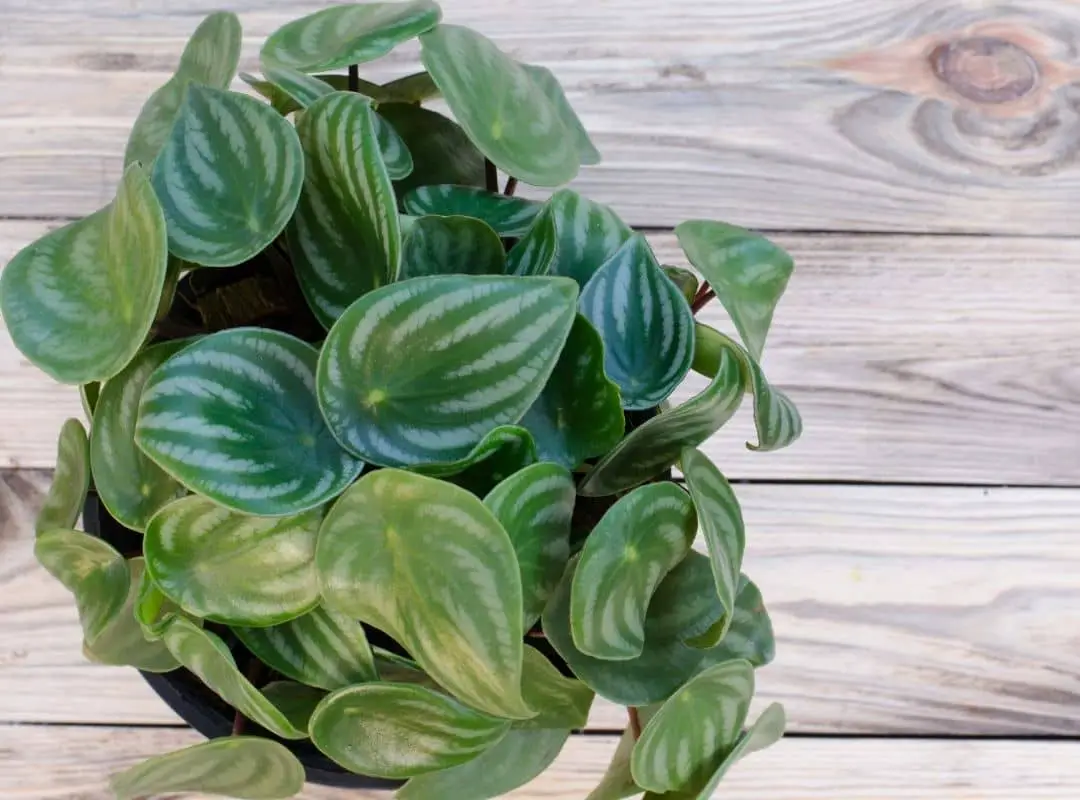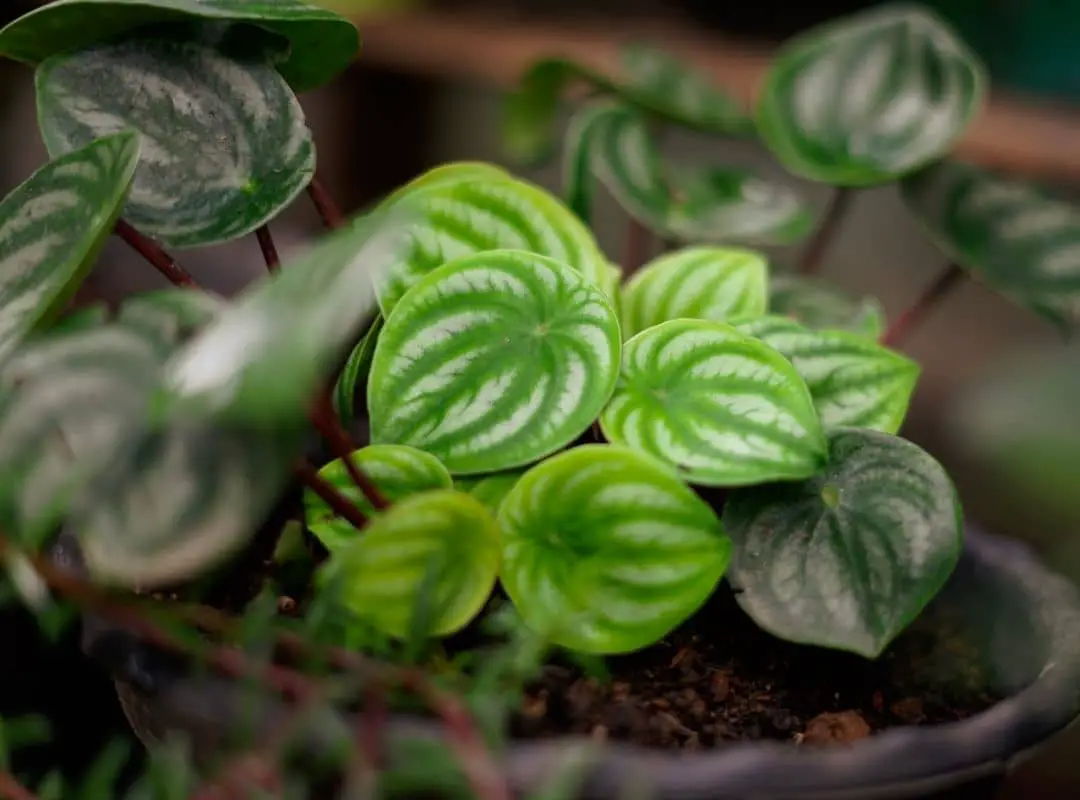Out of nowhere, my friend one day asked me Is peperomia a succulent? Back then I did not know the correct answer. Therefore I searched the internet for the right answer. There was a lot of confusing information. but after a few hours of research, I got my answer and here it is.
Is Peperomia a Succulent?
Most of the time peperomias are not succulent. Confused? let me explain it further. Peperomia may look like succulents in appearance and behavior, but they can not categorize as succulent. But some Peperomia, such as Peperomia ferreyrae and Peperomia Clusiifolia are considered succulents due to their fleshy, thick leaves, you can not categorize them as succulents. In some literature, Peperomia is introduced as a semi-succulent due to its appearance.

On the other hand, the plant needs more water than succulents. It is an epiphyte plant. So, it absorbs nutrients and moisture from the air and water from the roots. The leaves of the small plants are dense and succulent-like, with an oval shape and the species with bigger leaves have striped green heart-shaped leaves.
However, there are 1500 species of peperomia and most of these are houseplants. Baby rubber plant, pepper elder, radiator plant, shining bush plant, and emerald ripper pepper are other names of the peperomia plant. It can be found easily in Central and Northern South America. This is a very good houseplant as it is a small plant and requires less maintenance. On the other hand, it is easy to care and it needs less nutrition.
What are succulents really?
you might think succulent is a plant family or special category of plant. Well, it is not. There is no plant category named succulents. You can name a plant as succulent if the plant has these characteristics
- Thickened, fleshy, and engorged plant plats. The purpose of this is to retain water better.
- All of that helps these plants thrive in areas with arid climates (lacking water) and drier soil. Succulents do not belong to one plant family
In a plant family, all the members can be succulents, and sometimes in a plant’s family, only a few members can be succulents. So that’s what happens with peperomia. Many members of this plant family are not succulents but few (Peperomia ferreyrae and Peperomia Clusiifolia) are considered as succulent plants.
What type of plant is Peperomia?
Peperomia is a small and compact tropical perennial plant. It is easy-going and low care, very good houseplant. On the other hand, it is an epiphyte plant. It means it absorbs nutrients and moisture from the air and water by the roots and which are growing on the rotten wood. Moreover, peperomia grows up to 12 inches (30 cm) maximum in height. the plant has thick, smooth and fleshy leaves. peperomia have oval-shaped and heart-shaped leaves.
The size of the leaves can be varied from 1 – 4 inches. However, The real beauty of this plant is its foliage. The flowers of Peperomia are green or whitish spikes at the end of long branches and are unshowy and tiny.

Is it an indoor plant?
The answer to this question is “Yes”. Because they have so many characteristics that make them perfect houseplants. They are perfect for those looking to enhance their houseplant collection, as they come in a variety of beautiful foliage and can survive a variety of growing conditions. If you have a small room in your home or office, a Peperomia houseplant might be a good match for you.
The name peperomia describes a plant condition that Will tolerate low indirect light but survives in medium to bright indirect light. Intense, direct sunlight is not recommended. 1-2 times a week, water and allow the soil to dry out between watering. Any amount of humidity will suffice. You can place the plant under normal room humidity.
However, the soil should be Moist and well-drained. Soil is Neutral to acidic PH levels in peperomia plantations. The suitable temperature of the plant is 65°F-85°F (18°C-30°C). Peperomia can be diseased by the mealybugs. mealybugs are resistant to Horticultural oil. Under the above conditions, the plant can be lived happily as an indoor plant.
Read more: Peperomia Frost Care | 9 Step Easy Care Guide |
